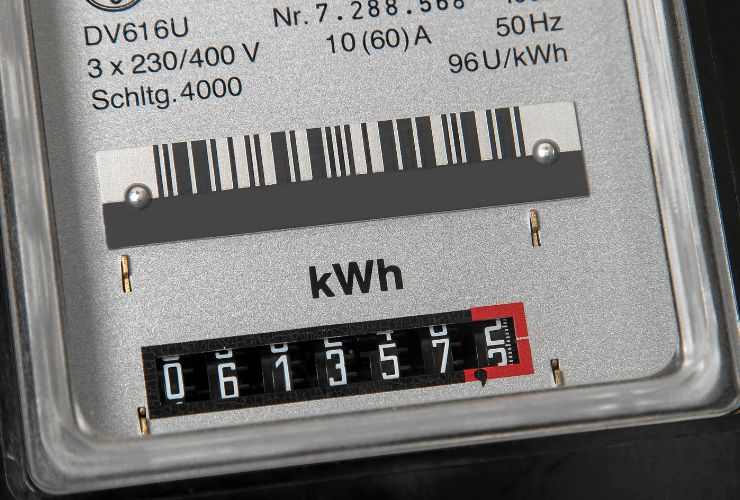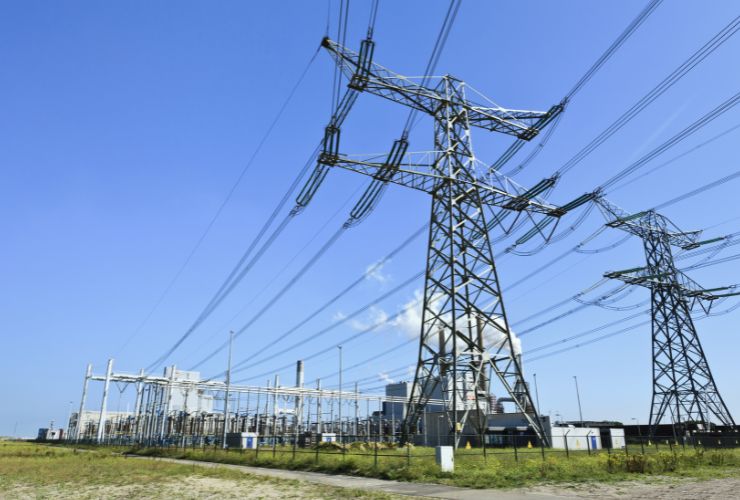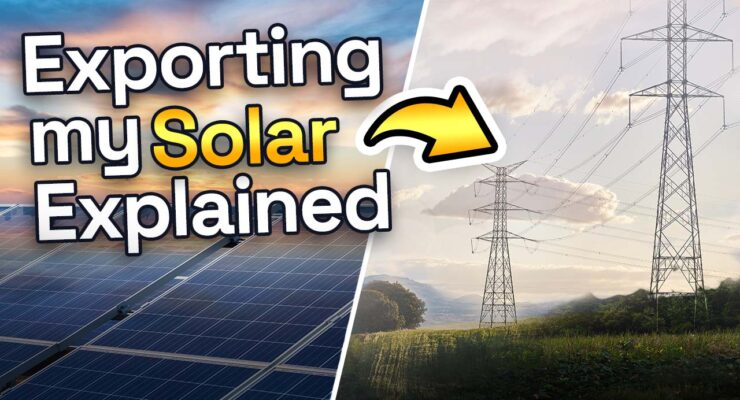Fast read
A grid-tied solar system is connected to the home's electricity meter board, and the energy produced will be used to power items like your fridge, lights, air-conditioner, electric heating etc.
If your solar system generates more energy than you use, it will feed the excess electricity back into the grid. This is referred to as net metering.
Net metering works both ways when you have too much and not enough solar energy. If your system does not produce enough energy to power all of your appliances, the remaining energy will be drawn from the grid and recorded by your electricity meter.
Then if you have produced a surplus of electricity, it will again be recorded by the electricity meter and credited on the next bill. However, the credits that you receive for the energy you send back to the grid are much less per kWh of what the retailer will resell the same kWh to your neighbour.
What happens to the unused solar power from my solar PV system?
When discussing solar systems, a common question arises about the fate of unused solar power generated by households or businesses. If a battery is present, it directly stores the excess energy.
Grid-tied solar system
A grid-tied solar power system connects to the home’s electricity switchboard. It channels the electricity it produces to power home appliances like the fridge, washing machine, dishwasher, lights, electric heating, or other devices. If the solar system generates more energy than the household consumes, the excess is sent back to the grid through the switchboard and meter.
Other homes or businesses on the grid can utilise this surplus electricity. Typically, the electricity retailer compensates you with a feed-in tariff (FIT) for the unused solar power. This payment is generally in line with the wholesale electricity rate in energy markets.
In the early days, feed-in tariffs were as high as 44 or even 60 cents per kWh to incentivise the renewable energy industry. Nowadays, the rate per kWh ranges from 5 to 10, or, in rare cases, 12 cents per kWh.
This credited amount is reflected in your monthly or quarterly electricity bill, offsetting your expenses for grid electricity purchases and supply charges.

Here is a sample calculation
- 2000 kWh used and imported from the grid at 40 cents in the last 3 months = $800 in electricity usage charge
- 1500kWh used, but supplied from solar in that period = $0 charge
- 1000 kWh exported as excess solar generation in the last 3 months at 10 cents per kWh = $100 credit
- Supply charge of $1 per day for 90 days
- Total electricity bill is $800 -$100 + $90 = $810
Now without a solar system, the numbers would have looked like this:
- 2000 kWh used and imported from the grid at 40 cents in the last 3 months = $800 in electricity usage charge
- A further 1500kWh was used and imported from the grid, as the solar system was not available to supply this = 1500 x 40 cents = $600
- No 1000 kWh exported solar is available – so no FiT credit
- Supply charge of $1 per day for 90 days
- Total electricity bill is $800 + 600 + 90 = $1490
Benefits/savings from the solar system for that specific 3-month period $1490 – $810 = $680
Export limits have become more prevalent for unused solar power
In these circumstances, grid network operators are limiting or not allowing solar electricity exports from residential and commercial solar systems because of this electricity causing the grid to trip from the frequency rise and causing a mass blackout.
What a waste
Energy retailers and grid authorities bear responsibility for not providing infrastructure suited to the purpose. Ordinary Australians with solar systems pay the price for such neglect.
The absence of significant batteries in the electricity grid infrastructure necessitates export limits on renewable energy. Consequently, a significant amount of valuable CO2-free renewable energy sources goes to waste. Trial programs aim to address export limit issues by allowing networks to control solar and selectively reduce inverter exports in specific situations, minimising electricity loss only when necessary.

What is net metering?
Let’s now explore these credits that appear on your electricity bills.
What is gross metering?
No current gross metering offers exist, but legacy homes still utilise these plans, connecting to the grid in the manner many of the small 1kW and 1.5 kW systems installed from 2007 to 2011 were.
In these scenarios, the home earns a fee for every kWh their solar system generates (previously at a higher rate than their electricity charges) and incurs charges for all the electricity consumed.
Gross tariff schemes aimed to incentivise solar investments in the early days, circa 2010. Some, like the Queensland scheme, pledged higher feed-in tariff rates of 40 cents or more for up to 20 years, typically for relatively small systems.
So where does your unused solar power go?
Overall, solar panels are a great way to produce solar power and allow for a decrease in your monthly electricity bill, leading to long-term financial security. Solar systems that have more power than you are using can also be beneficial as they allow for a further decrease in your energy bills via a payment to you for the exported electricity. This exported electricity then supplies energy to your local community.
However, it’s important to note that the energy credits for feeding back into the grid constitute only a fraction per kWh compared to the higher rate at which you will be charged for drawing electricity from the grid. Therefore, we always encourage maximising your use of solar energy at home by directing it to the electric hot water tank, a heat pump, or a battery.



